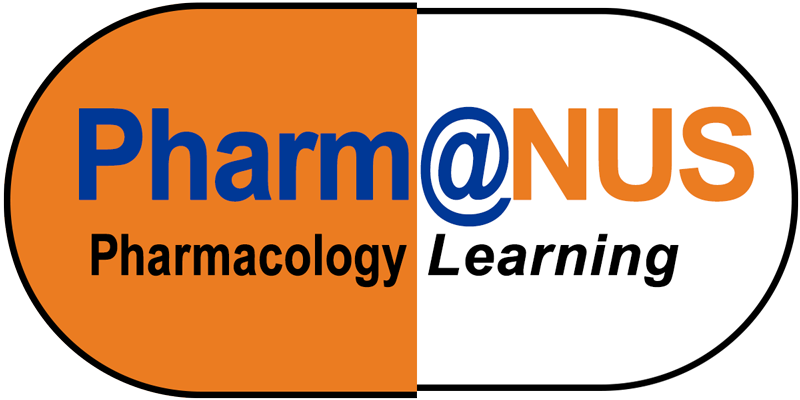Fingolimod is prescribed as an immunosuppressant for managing multiple sclerosis, but why should clinicians be particularly cautious about its cardiovascular effects during initial dosing?
Fingolimod, an oral immunomodulatory drug approved for the treatment of multiple sclerosis (MS), has a unique mechanism of action that makes it highly effective in reducing MS relapses. However, like many medications, it comes with a specific set of adverse effects that need careful consideration, particularly its impact on the cardiovascular system. Here’s what you need to know.
How Does Fingolimod Work?
Fingolimod functions as a sphingosine-1-phosphate (S1P) receptor modulator. It sequesters lymphocytes in the lymph nodes, reducing their migration out, and preventing them from crossing into the central nervous system (CNS) where they would normally contribute to the inflammatory damage seen in MS. This modulation of S1P receptors is crucial to its therapeutic effect, but it also leads to unintended cardiovascular effects.
